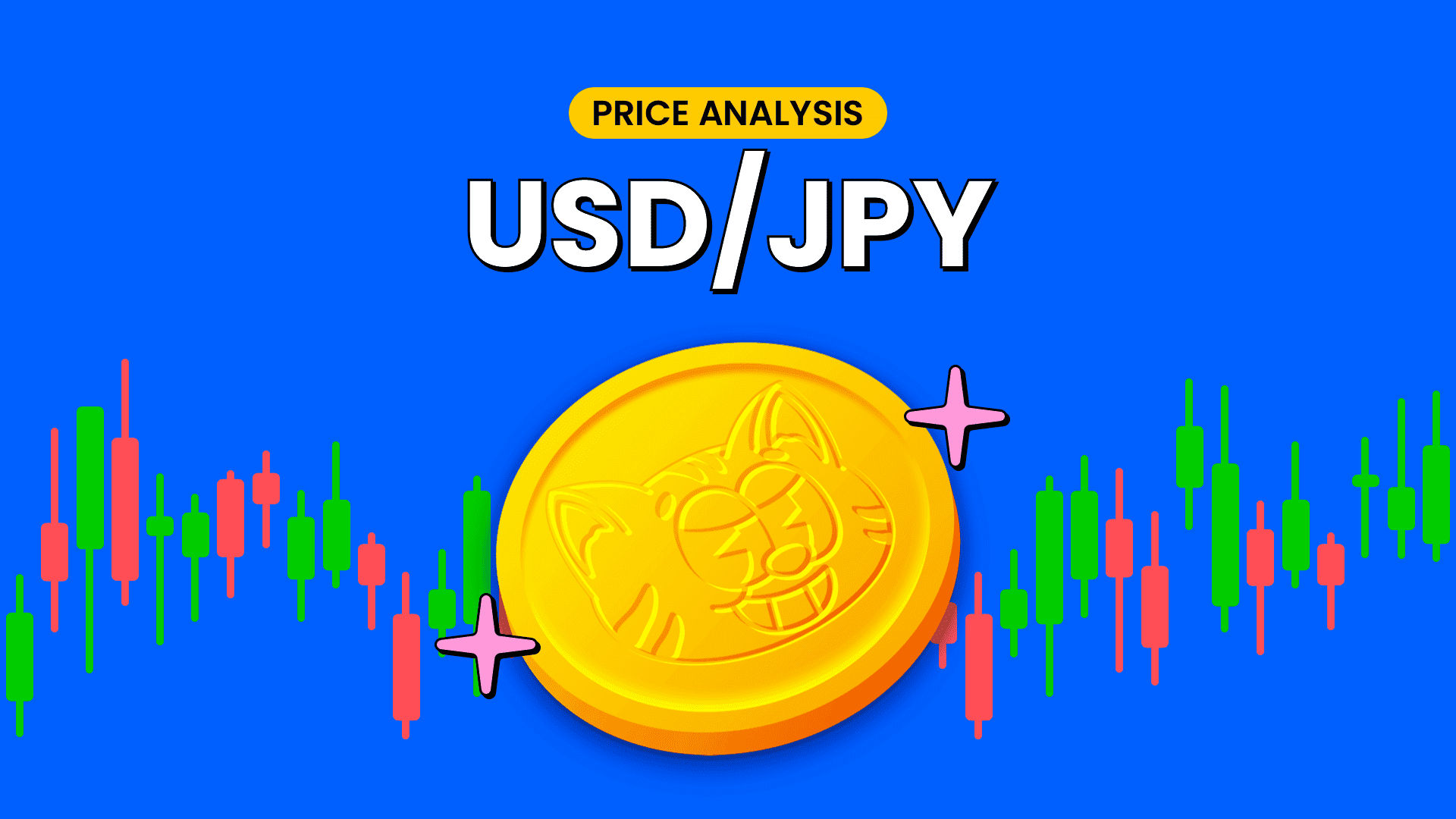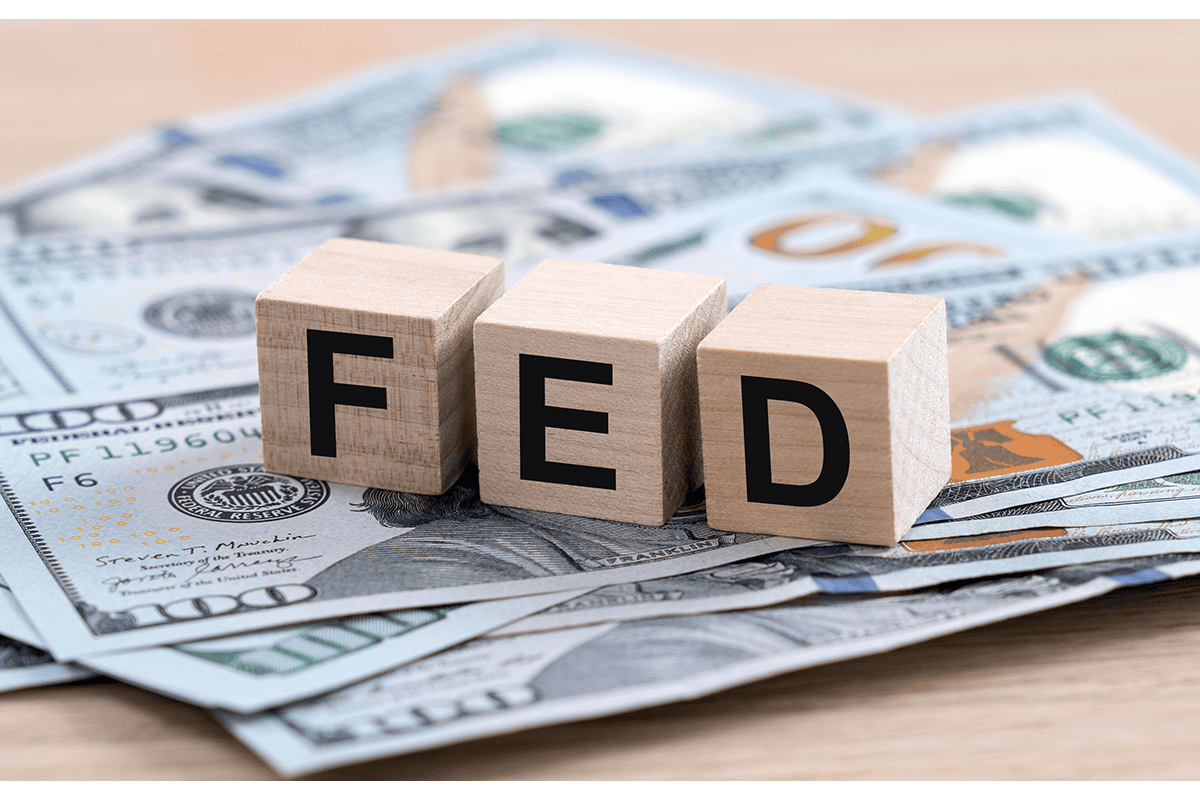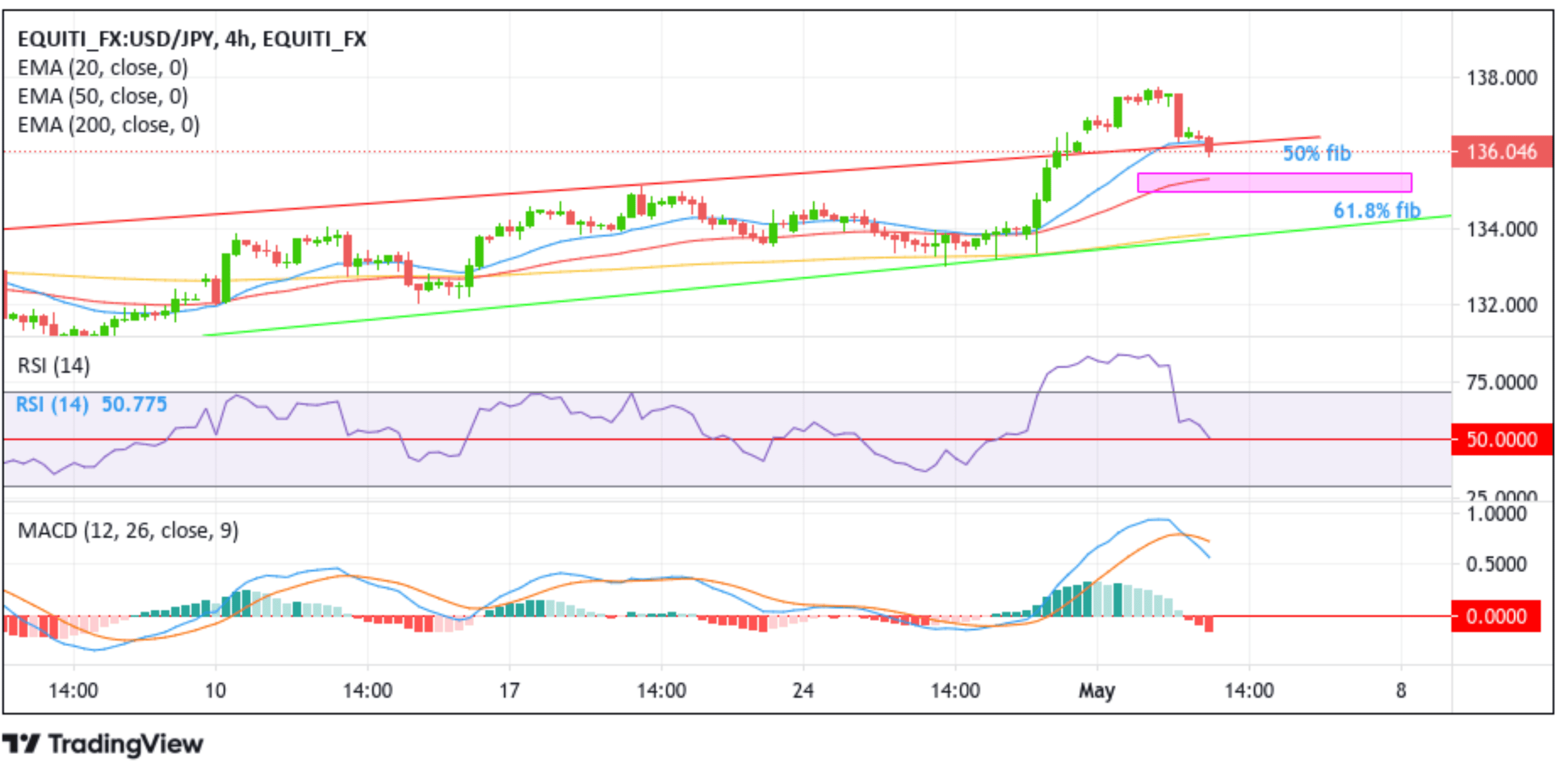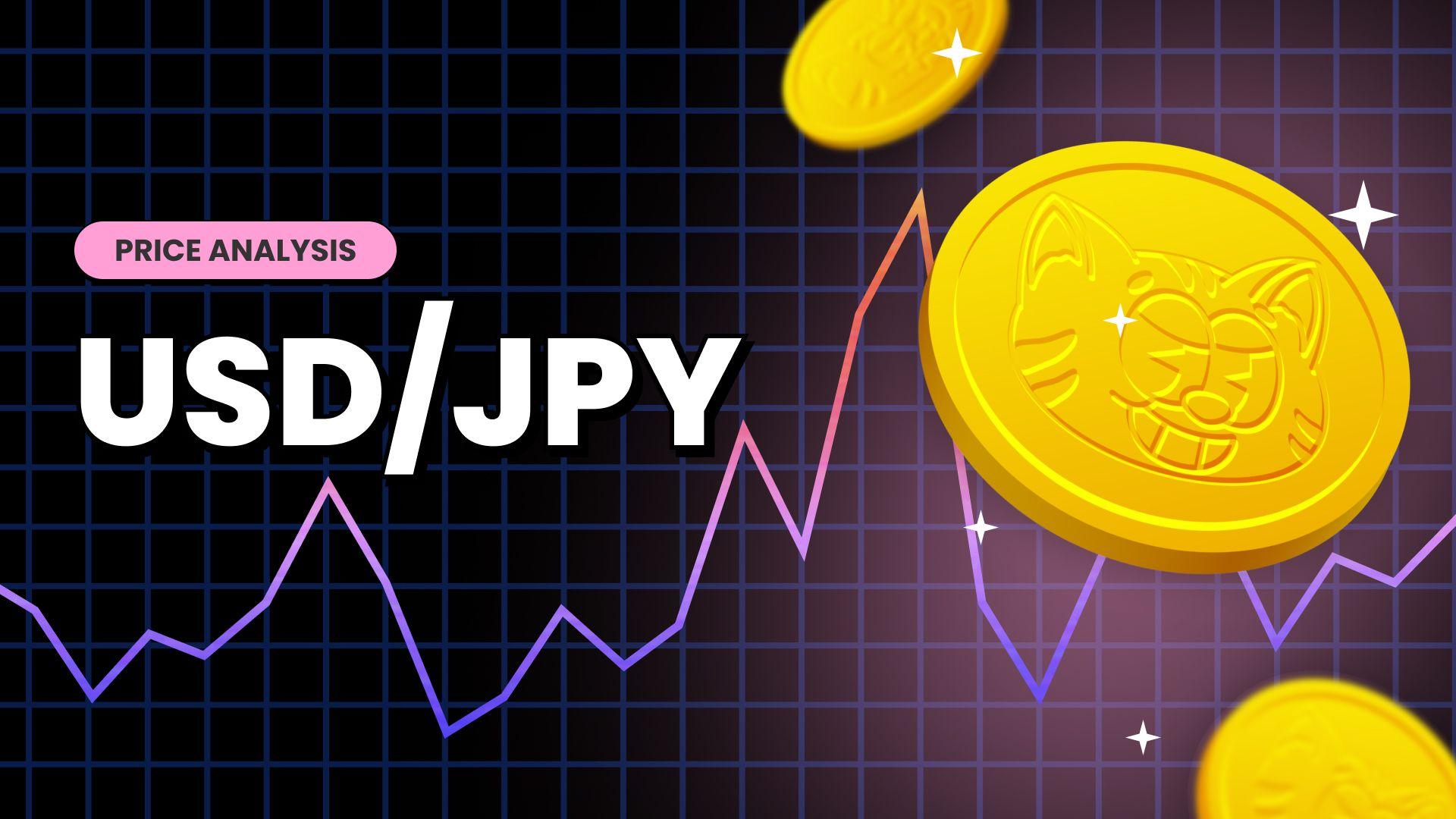USD/JPY Eases Further From Monthly Peak, Settles Firmly Below 136.000 Mark, FED Interest Rate Decision Eyed






- USD/JPY cross witnessed selling on Wednesday and extended the YTD pullback below the 136.000 psychological level
- A fresh leg up in treasury bond yields amid mounting recession fears and firm markets bets of further interest rate hikes help exert additional downward pressure on the USD/JPY pair
- The monetary policy divergence between the U.S. Federal Reserve and the Bank of Japan continues to weigh on the Japanese Yen
- Markets entirely focused on today's Fed interest rate decision; 25 bps interest rate hike expected

USD/JPY pair extended its recent modest pullback from the 137.697 - 137.775 region, or the monthly peak and witnessed selling for the second successive day on Wednesday. The bearish trajectory extended through the first half of the Asian sessions and dragged spot prices to a fresh daily low, around the 136.044 - 136.046 region in the last hour.

Speculations that the FED will continue to raise interest rates supported the recent modest rebound in Treasury bond yields, which helped cap the USD/JPY pair against any meaningful uptick. A generally weaker tone around the equity markets also helped exert downward pressure on the USD/JPY pair. Additionally, investors' decision to stay on the sidelines ahead of today's Fed interest rate decision was also seen as contributing to the current price action. This was evident from a weaker U.S. Dollar across the board. However, growing fears of a global recession should limit any downside for the greenback and cap any meaningful gains for the Yen.
That said, another round of weak economic data last week further signalled a potentially greater-than-expected economic slowdown in the U.S. after a U.S. Bureau of Economic Analysis data showed the U.S. economy grew by an annualized 1.1% in Q1 2023, slowing from a 2.6% expansion in the previous quarter and missing market expectations of a 2% growth. A Job Openings and Labor Turnover Survey also showed an easing labor market, with new job openings growing below expectations in March. Elsewhere, a weaker-than-expected US ISM Manufacturing PMI data on Monday showed that the U.S. Manufacturing Sector had Contracted for a sixth consecutive month in April after it rose to 47.1 in April 2023, up from a three-year low of 46.3 in the previous month and slightly above the market consensus of 46.8. That said, the disappointing USD GDP and US ISM Manufacturing PMI data come after a softer-than-expected U.S. consumer confidence data report last week preceded by a disappointing Philadelphia Manufacturing PMI report, raised fears that the U.S. economy, the major global growth driver, is heading toward recession in the second half of the year. The combination of negative U.S. Macro data was to a larger seen as a factor that undermined the greenback and contributed to its weaker risk tone.
Additionally, Janet Yellen, the U.S. Secretary of Treasury, stated on Monday that the U.S. could fail to meet its debt obligations on short-term yields if U.S. lawmakers disagree on a debt-ceiling hike. This triggered the treasury bond yields to lower Monday, further contributing to the overall U.S. Dollar weakness.

However, the monetary policy divergence between the U.S. Federal Reserve (FED) and the Bank of Japan (BOJ) continues to underpin the greenback. It is a key factor helping exert downward pressure on the USD/JPY pair. The BOJ, in its interest rate decision last week, announced it had left its interest rates unchanged in the newly appointed Governor Kazuo Ueda's first policy meeting. The decision was in line with economists' expectations for no changes to the benchmark interest rate, which has been held at -0.1% since the central bank took rates below zero in 2016. Additionally, the new BoJ Governor's earlier comments had convinced markets that the Japanese central bank would likely stick to its ultra-lose monetary policy settings. While maintaining current policies, the Bank of Japan said it "decided to conduct a broad-perspective review" of its easing measures. The central bank said the planned timeframe for the review is around one to 1½ years.
Conversely, the Federal Reserve is expected to hike interest rates by 25 basis points during its interest rate decision later today. Markets are seen convinced that the FED will hike interest rates next week by 25 bps to 5.00% as CME's Fedwatch Tool shows Fed fund futures traders are now pricing in an 86.7% chance that the Fed will hike rates by 25 basis points in May, up from 75.8% last week.
As we advance, Japan is marking its Constitution Day holiday, hence the lack of any risk catalysts from the Japanese side to drive the YEN sentiment. However, the focus remains on today's Fed interest rate decision announcement slated for release during the late North-American session. Investors will seek monetary policy guidance during Fed's Chair post-interest rate decision press conference. His comments will influence the USD dollar dynamics and provide directional impetus to the USD/JPY pair.

Technical Outlook: Four-Hours USD/JPY Price Chart

From a technical perspective, the price's ability to break below the upper trendline of the ascending channel pattern (turned support level) extending from the late-March 2023 swing high, followed by the price's acceptance below the 20-day (blue) EMA level at 136.294, supported the case for further depreciating moves. A further increase in selling pressure from the current price level will cause the shared currency to confront resistance at the Buyer congestion zone due to the 50% and 61.8% Fibonacci retracement levels at 135.485 and 134.969 levels, respectively, plus the 50-day (red) EMA level at 135.310 level.
Sustained strength below this zone would rejuvenate the bearish momentum, provoking an extended decline toward the technically 200-day solid (yellow) EMA at 133.853. A four-hour candlestick close below this level would act as a new trigger for bears to extend the bearish trajectory further below the support level, plotted by an ascending trendline extending from the late-March 2023 swing low.
On the flip side, if sellers close their profits early, dip-buyers and sideway traders might jump in and force a bullish reversal towards the upper trendline of the ascending channel pattern (now turned resistance level). A decisive flip of this resistance level into a support level would pave the way for further USD/JPY gains. The bullish uptick could then be extended to tag the 20-day EMA level en route to the 136.994 resistance level. A break above these barricades in highly bullish cases will cause the USD/JPY pair to extend the rally toward confronting the May 2023 YTD swing high at the 137.775 level.

